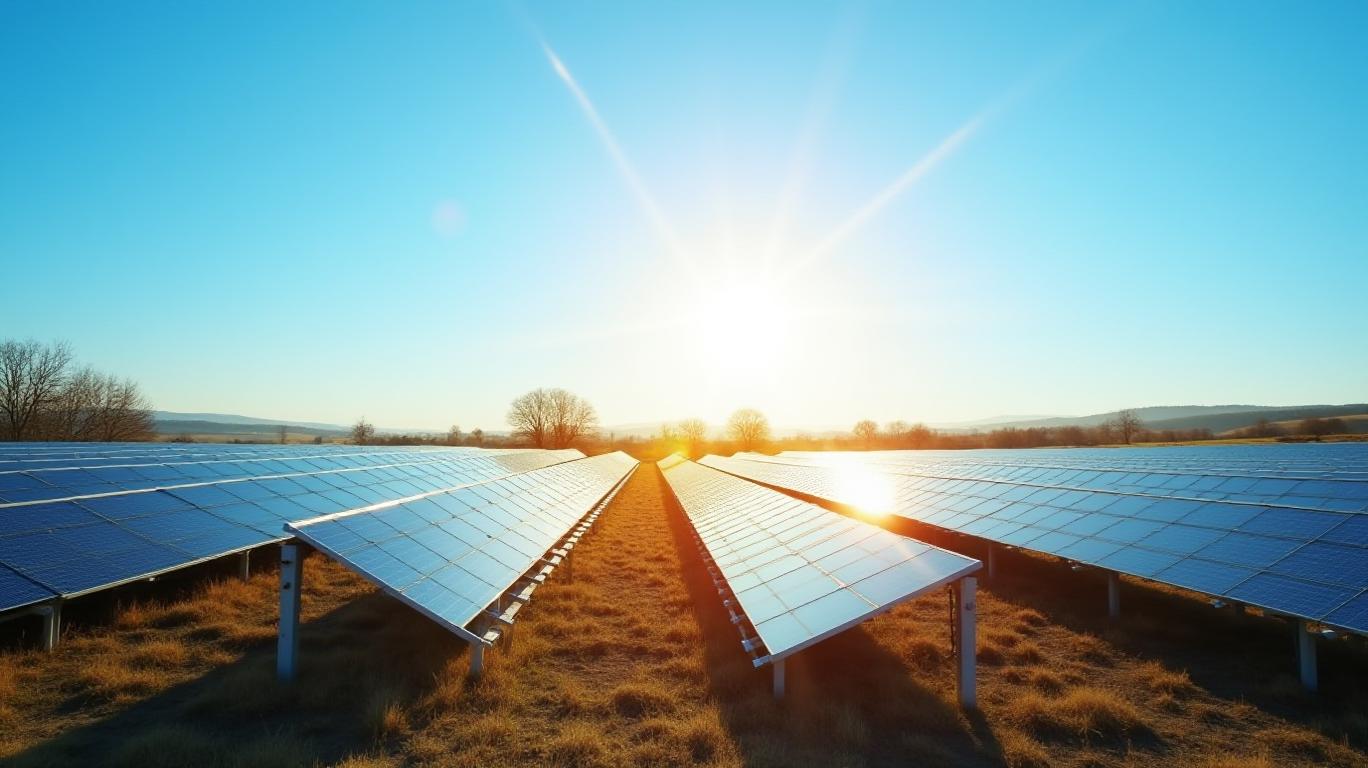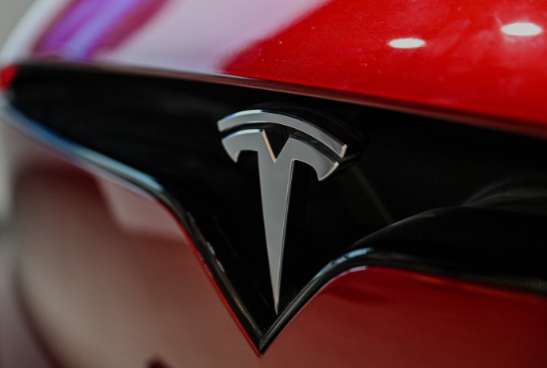Rubis Q1 2025: Diversification Drives Resilience in a Volatile Market
The first quarter of 2025 has reaffirmed Rubis’ status as a resilient energy powerhouse, with its diversified business model delivering steady growth despite macroeconomic headwinds. The company’s Q1 results, marked by a 2% year-on-year rise in total sales to €1.697 billion, highlight the strength of its dual-engine strategy: traditional energy distribution and renewable electricity production. Let’s dissect the numbers and assess whether Rubis’ trajectory aligns with long-term investment potential.
Ask Aime: Is it wise to invest in Rubis, the energy powerhouse with steady Q1 growth despite headwinds?

Core Businesses Deliver Dual Momentum
Rubis’ Energy Distribution division remains the revenue stalwart, contributing 99.3% of sales. The 4% volume increase in fuel and bitumen sales across Africa, Europe, and the Caribbean underscores robust demand. Africa’s 6% fuel sales surge—driven by expanded logistics in Zambia, Uganda, and Rwanda—stands out. Meanwhile, the Caribbean region faces challenges in Haiti, where half of service stations remain closed due to instability. However, this regional drag is offset by gains in Jamaica and Guyana, while Europe’s Autogas sales in France show resilience through new contracts.
The bitumen segment delivered a striking 35% volume jump in Nigeria, Togo, and South Africa, though margins dipped 6% due to product mix shifts. This signals a focus on market share over short-term profitability—a strategic trade-off in high-growth regions.
Rubis’ Renewable Electricity Production (via Rubis Photosol) is the growth wildcard. A 26% rise in electricity production to 102 GWh, paired with a 28% revenue surge to €11 million, reflects aggressive portfolio expansion. With a secured portfolio now at 1,100 MWp (up 22% year-on-year) and a 5.7 GWp pipeline, the division is on track to meet its 2027 target of >2.5 GWp. Leadership changes—Alix Lajoie and Thomas Aubagnac taking the reins—also bode well for operational focus and innovation.
Strategic Moves and Risk Mitigation
Rubis has prioritized geographic and operational diversification to hedge against volatility:
1. Market Expansion: The acquisition of a 95% stake in Angola’s Soida—a dominant bitumen player—expands its African footprint. This move secures a region with growing infrastructure needs.
2. Sustainability Commitment: Rubis’ first CSRD-compliant Sustainability Statement outlines 2030 climate targets, aligning with its Think Tomorrow 2026–2030 Roadmap. Improved ESG ratings (e.g., MSCI AA, ISS ESG C+) signal investor confidence in its ESG trajectory.
3. Resilience Against Tariffs: Operating outside U.S.-China trade tensions, Rubis avoids direct exposure to global trade wars, a key defensive advantage.
Financial Fortitude and Guidance
Management has maintained its 2025 EBITDA guidance of €710–760 million, assuming stable hyperinflation impacts—a cautious but achievable target. Rubis Photosol’s 2027 goals—€50–55 million EBITDA and €80–85 million Power EBITDA—suggest renewable operations could soon rival traditional energy margins.
Ask Aime: "Is Rubis' Q1 2025 financial report indicating steady growth and resilience despite macroeconomic headwinds?"
However, risks linger:
- Regional Volatility: Haiti’s instability and Morocco’s weather-related supply issues underscore reliance on fragile markets.
- Margin Pressures: Bitumen’s margin dip and Support & Services’ 4% margin decline highlight execution challenges in high-growth areas.
Conclusion: A Balanced Bet on Energy Transition
Rubis’ Q1 performance reinforces its position as a defensive yet growth-oriented play in the energy sector. With a diversified revenue stream, strategic geographic expansion, and a renewables division hitting its stride, the company is well-positioned to navigate volatility.
Key data points justify optimism:
- Sales stability: €1.697 billion in Q1 sales, up 2%, despite macroeconomic uncertainty.
- Renewables traction: 26% electricity production growth and a 5.7 GWp pipeline signal scalability.
- ESG credibility: Improved ratings and a clear 2030 roadmap attract ESG-focused investors.
While near-term risks like African supply chain issues and margin pressures exist, Rubis’ adherence to its guidance and long-term targets suggests a solid foundation for sustained growth. For investors seeking exposure to both traditional and renewable energy markets, Rubis offers a compelling blend of stability and innovation—a rare commodity in today’s energy landscape.
Final Take: Rubis’ diversified model and execution discipline make it a standout name in energy distribution and renewables. With a valuation supported by resilient cash flows and a renewables division hitting its stride, this could be a multi-year winner for patient investors.










